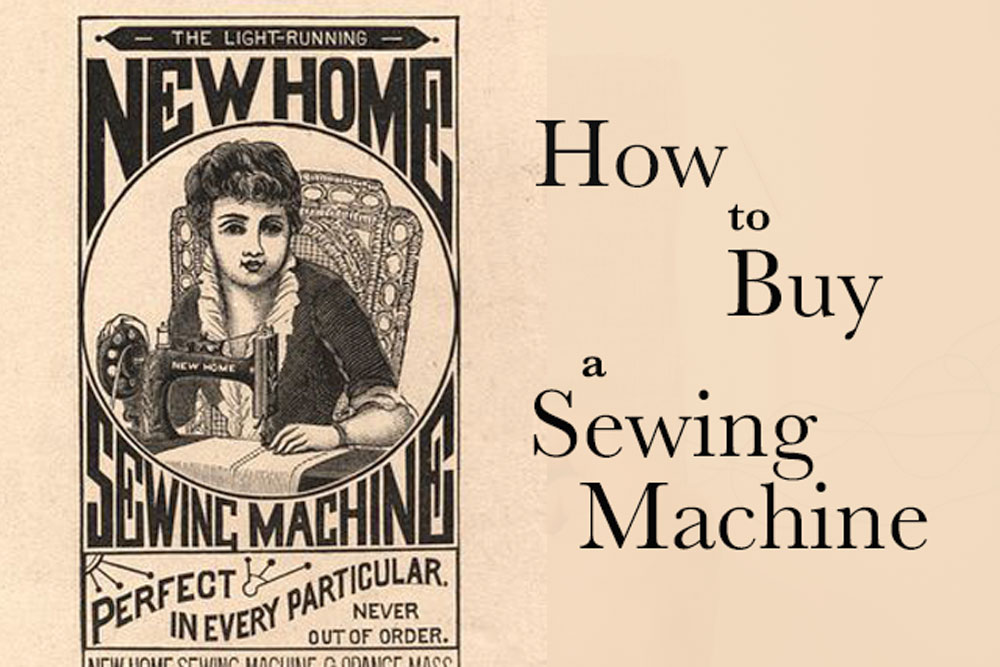
Recently I received this question via email:
Hello,
I want to buy a new sewing machine. I have my mom’s Singer- which is a really good machine, but may be on it’s last days.
Do you have a process or review system when looking for machines? I’m not necessarily looking for a brand endorsement as much as how do I go about buying a machine if I’ve never bought one and the one I have is soooooo simple?
Let me know your suggestions when you can.
Best,
S.
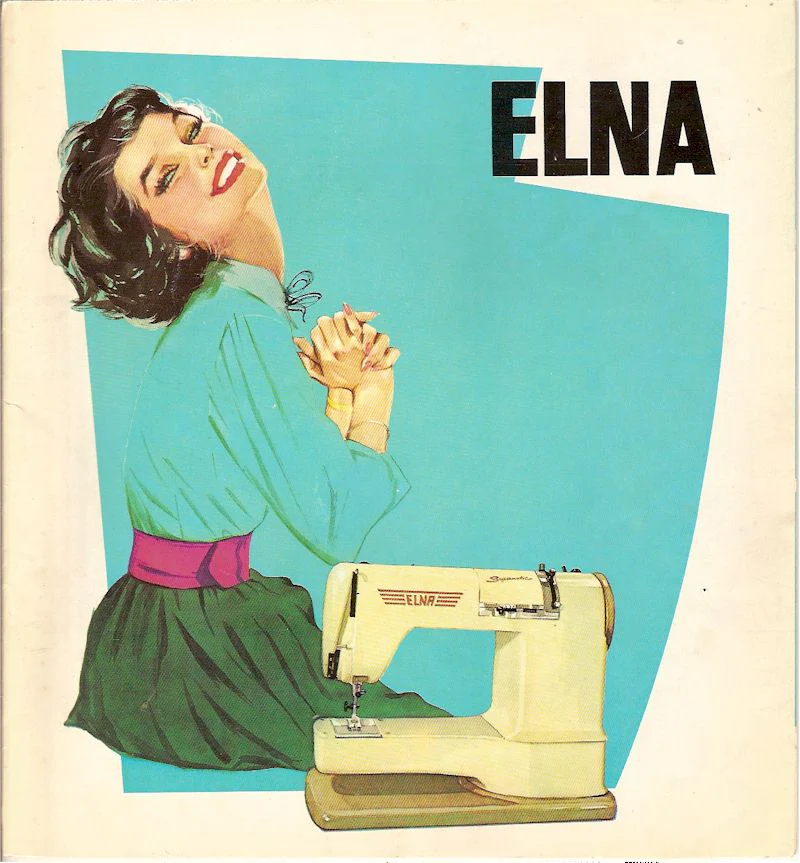
Wouldn’t it be great if someone could just tell us what machine to buy so we could afford whatever they suggested? It would guarantee we were getting a machine of lasting value, that would do what we needed.
Especially since many of us live in small towns and don’t have sewing machine shops where we can go and test a bunch of different brands and models. Instead, we’re stuck with “brand ambassadors” telling us why the sewing machine from the company paying them is so great.
Buying a sewing machine, new or used, is complicated but there is one simple question to ask yourself, and honestly answer, that will guide you to your dream machine: What type of sewing, and how much, do you plan to do?
Do I Need a Sewing Machine With 50 20 Stitches?
A simple machine is never bad. They have fewer things that can go wrong. You might think you’re missing out on a lot but in reality, you will use a straight stitch 90% of the time (maybe 85%).
However, if you want to sew clothing it would be convenient to have a sewing machine that offers a zig-zag stitch and a built-in buttonhole stitch (even if it’s 3 steps/stitches to make the buttonhole).
After that, it’s nice to have a stretch stitch and an overcast stitch but you can use the zig-zag stitch for both stretch fabrics and overcasting edges.
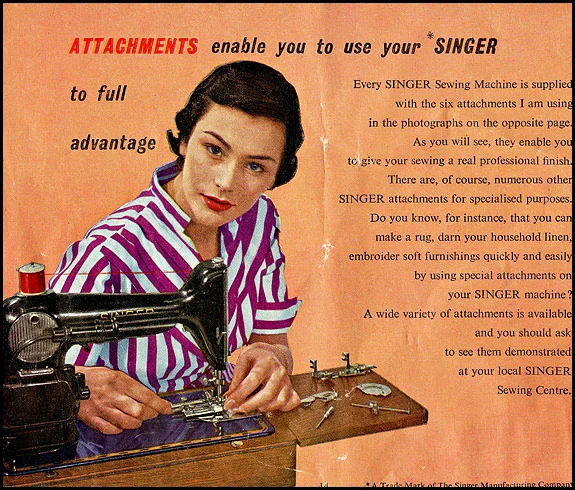
What About All Those Presser Feet?
When I bought a new machine online last year I also bought an add-on set of 8 different presser feet and purchased a separate walking foot for the machine at the same time.
I sew a lot. I will use the walking foot and probably half of the extra feet in the lifetime of this machine. Also, I thought, if I don’t get these feet now, they may stop making this machine before mine dies and I won’t be able to find presser feet to fit it.
At a minimum, you want to be able to change out the standard presser foot to a zipper foot so you can sew in zippers by machine (although they are easy to put in by hand). Most machines come with a basic presser foot (also known as a zig-zag foot for the wide opening where the needle goes), and a zipper foot which can be used to edge stitch as well. Many brands, as mine does, sell extra presser feet separately so you can add them on as you need them. There are also aftermarket presser feet available and SewingPartsOnline.com will help you find which type will fit your particular brand and model if you are unsure.
A walking foot is sold separately these days (and can be pricey) but some older machines (and maybe some new machines) have a built-in “even feed foot” which is what a walking foot is. Walking feet are very helpful if you sew slippery fabrics, knits, or want to quilt because they feed both layers of the fabric evenly under the needle.
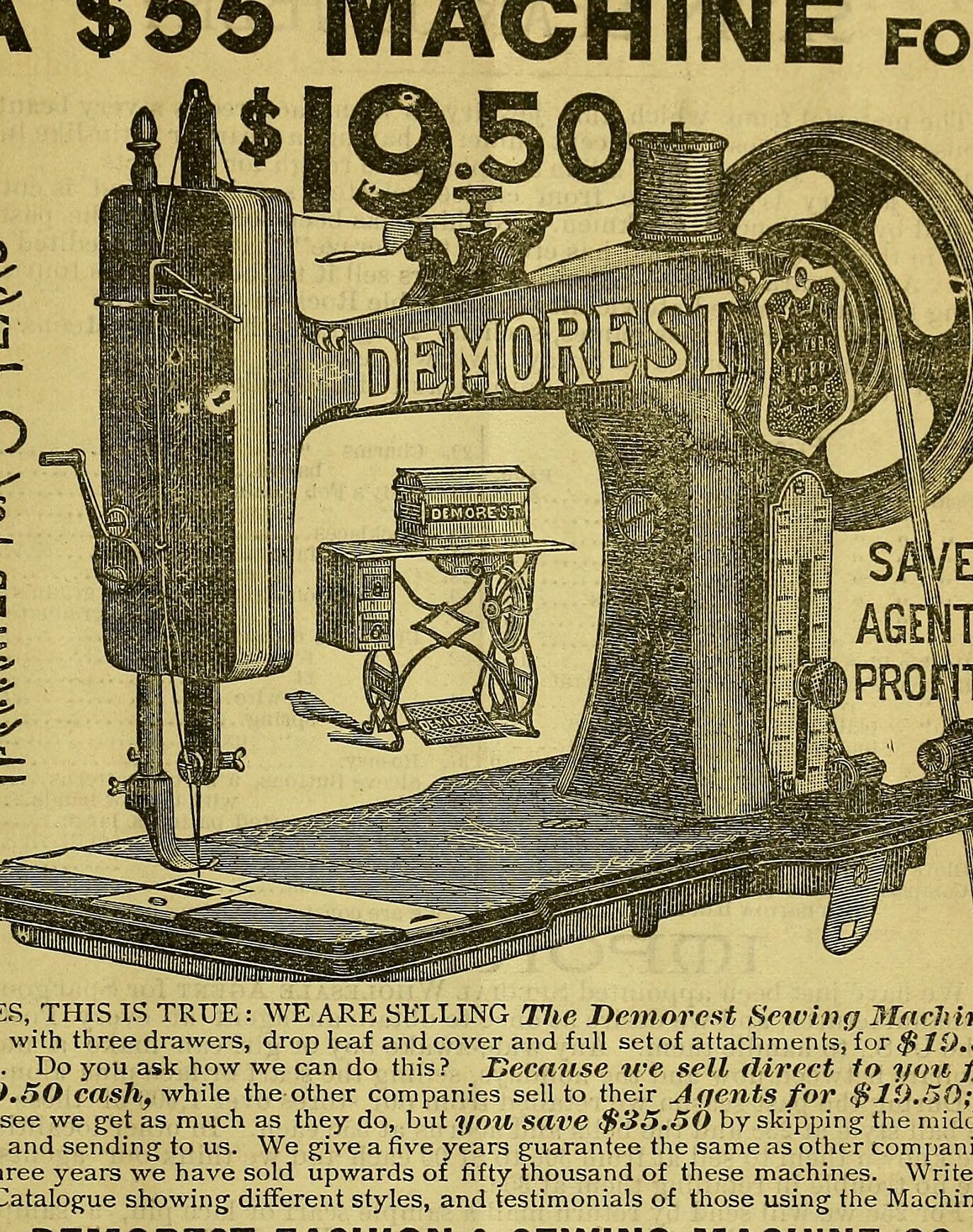
Do I Need a Heavy-Duty Sewing Machine?
If you plan to sew mostly household items, things out of thicker upholstery fabric or drapery, you would want a heavy-duty machine (or a more expensive machine not labeled heavy-duty but built to take on every type of fabric).
If you plan to sew a lot you need a machine with a powerful motor and a good reputation for durability.
And always, whether you sew once a year or every day, you want a machine heavy enough that it doesn’t bounce about the table when you are sewing.
I’ve heard many people tell me that newer machines are bad because they’re made of plastic and not metal like they were 40 years ago. While it is true the exteriors are now plastic it doesn’t mean they’re awful sewing machines.
The plus side of plastic sewing machines is the weight. You can move your sewing machine off the dining room table with just one hand. Metal machines can weigh 30 pounds.
However, buying a used, metal or not, machine can be great providing that replacement parts for fixing the machine are still available. Bernina is notorious for phasing out parts and their authorized dealers/repair shops are known to refuse to fix any machine older than X years. A handy way to get you to buy a new Bernina, yes? (don’t do it) So while you can find good-condition, used, metal Berninas for sale at reasonable prices, look into how and where you can get it fixed and serviced. And I suppose the same is true for any used, older sewing machine.
Should I Spend a Little More and Get the Sewing Machine That Embroiders? That Cover Stitches? That Sews For Me?
You will see sewing machines that are also embroidery machines. From my experience (and asking other folks) people who buy sewing/embroidery machines rarely if ever use the embroidery feature. Ask yourself twice before you let the embroidery feature be the reason you’re buying the sewing machine. Some brands sell the embroidery module separately and you could purchase it later if you do find a desire to use it.
Combination machines, like the sewing and cover stitch combination, combination machines are certainly practical, and cheaper than buying two separate machines but only if you are going to use that feature. One machine, two task and less space it’s taking up. However, not having a combination machine, I wonder how easy it is to switch and set up the machine for the second feature? Do you need different needles? Do parts come off? Get put on? Are there patch cords to keep track of? And what does the learning curve for this complicated machine look like? Research pays off so take your time looking into all the details.
And yes, some machines will sew for you (somewhat. After you program them) I inherited one of these machines and let me tell you it’s so fancy it’s intimidating. Plus if you can buy this level of complicated machinery you are only asking yourself one question; “How much?” These are serious machines for serious fabric artist. (Not seamstresses because these do so much more than sew a seam).
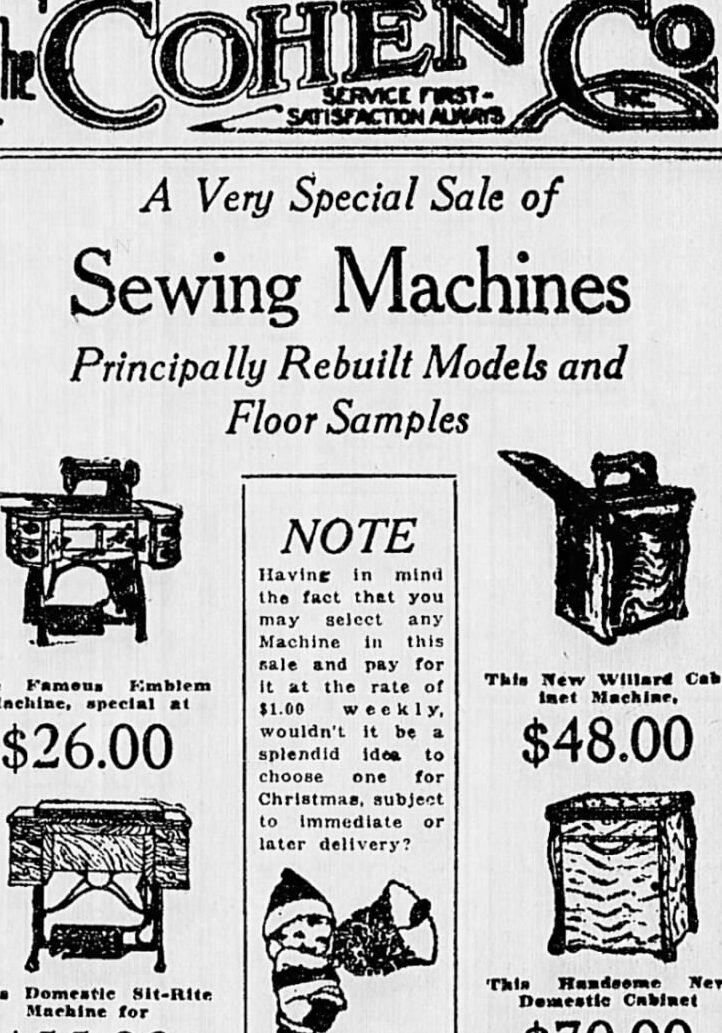
Can I Afford a Sewing Machine That Won’t Break in a Year and Won’t Be Frustrating to Use?
The sewing machine links below are Amazon affiliate links
I have had students who used a Brother sewing machine that cost around $130. They’re nice little machines, especially for the cost and they will probably last 10 years of heavy sewing more years if used only occasionally. (and after 10 years, if you still sew you can upgrade)
I own a Bernette sewing machine (about $300) that I use often and like a lot. Machines priced under $100 are more like toys. If you don’t plan to sew much that could be an option. Try the Singer M1000 (my review of that here)
As with most things, the more you pay the more you get but only up to a certain point. There is a big difference between a $100 machine and a $300 machine but not so much difference between a $500 machine and a $900 machine. (Not Sewing only, at least. Around $900 you’re getting into fancy features)
Other good brands to look into are Juki, Viking Husqvarna, and Necchi. I know some folks who like the Heavy Duty Singer machine (it’s the grey one) but I have not used it. I had one student with a lower price Singer (about $100) and it was ok. It had to be rethreaded a lot but when it was happy it sewed well.
Look around. If you can try out different machines, at friend’s or shops, do so.
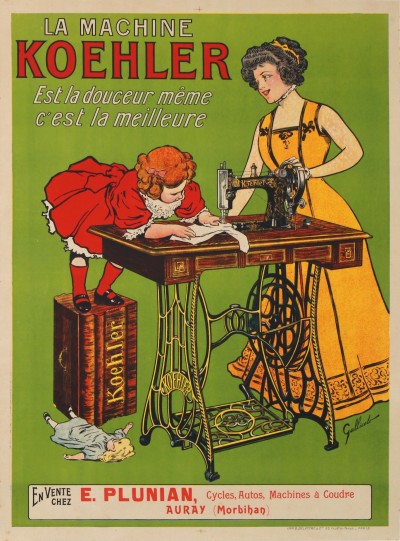
Keep These In Mind When Buying a Sewing Machine
What kind of sewing will you mostly be doing?
- garment
- upholstery & drapery
- crafts
- mending
- quilting
What do you want/need the machine to be able to do?
- sew through many layers
- make an automatic buttonhole
- last forever
- be portable
- fit a quilt in the space between the needle and the machine
How much will you be sewing?
- a couple of times a week
- a couple of times a year
And then how much you can spend?
Because, really, you can find good sewing machines at many price levels.
Good luck in finding your machine. Remember, there is no one “right” machine. Like all cars drive, all sewing machines sew. Some are more dependable, some have better engines, more features, good reputations, or fancy gadgets. You can make almost anything work.
This was a great question. Thank you for asking.

I currently own 4 machines: An antique treadle that works perfectly. It sews a straight stitch like a dream. I have it more for sentimental reasons than it’s sewing value.
2) A 12 year old Singer Quantam. It sews great, but definitely slows down and labors through really thick materials. It also is quick to suck fine knits down into the feed dogs. But it has done everything I’ve asked–quilts, upholstery, denim, knits, slippery fabrics, etc. Getting it serviced costs as much as the machine did new.
3) A 50+ year old Kenmore that is/was my mom’s. She gave it to me because I requested it. It wasn’t working properly, despite being serviced by a “pro.” I was able to get it running smoothly without replacing any parts. When she heard it is working perfectly, I could tell she wanted it back but didn’t want to ask. It will go back next time I see her.
4) A 2nd 50+ year old Kenmore that I got because I wanted the cabinet it was in (for #3). It was frozen and wouldn’t move at all. A few hours of work and it is humming happily. I need to buy a few missing parts, and accessories, both of which are available on eBay or FB marketplace.
If I were to buy another machine, I’d definitely go vintage. Yes, they are heavy. Very heavy. But the motor is more powerful and the stitches are more perfect, something you might not notice if you are used to today’s plastic machines. And while parts may not be readily available, many of the old machines are 100% metal. They don’t need replacement parts, just lots of oil and a little grease. And with the help of YouTube and various FB groups, I can service mine myself. No more $200 service charge.
Ohh, I love this! You’ve inspired me to search YouTube and see if I can fix my mom’s old Pfaff. I still kept my 35 year old New Home (now known as Janome). It was $600 in 1990-ish which was a lot at least for me but it’s metal and did last up until last year – 2023! I thought it was dead years earlier but it was just the wiring going into the power pedal that became loose (don’t wrap the cord around the pedal). I’m hoping to get it running again too. Why? Why do I need so many sewing machines? I don’t but they become like favorite clothes, or books. I’ve grown attached.